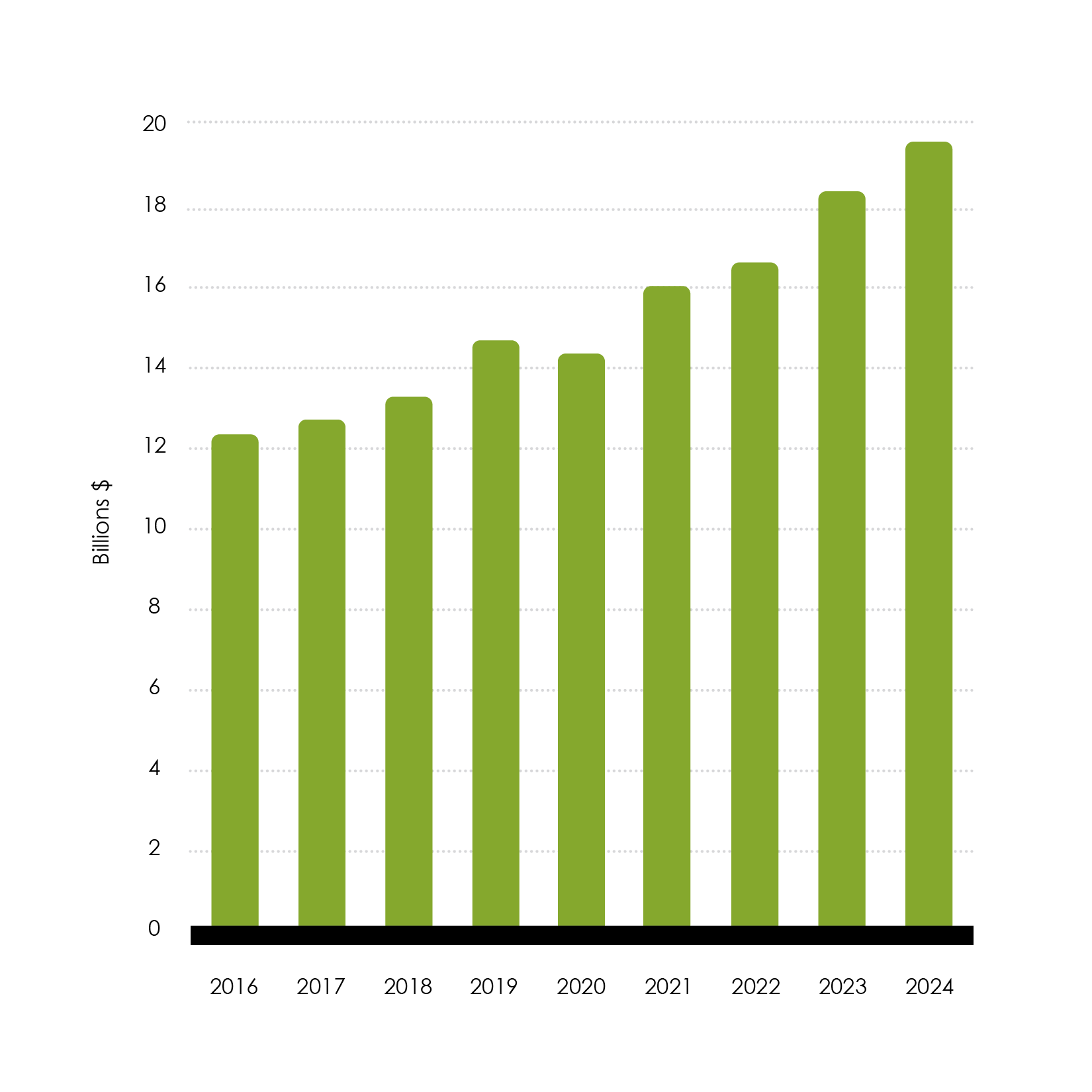The South West has a broad economic base with manufacturing, construction, mining, agriculture, tourism and timber processing key elements. There is a strong business and retail sector with an estimated 17,118 businesses in the South West. The main contributors to economic output in the region are Manufacturing (22.4%), Construction (14.5%) and Mining (15%).
Small and medium enterprises are the most significant employers with only 3% of all businesses employing more than 20 staff. Most production in the region is small scale and relies on premium markets to generate return on investment. Marketing premium quality is the principle characteristic of South West competitiveness.
